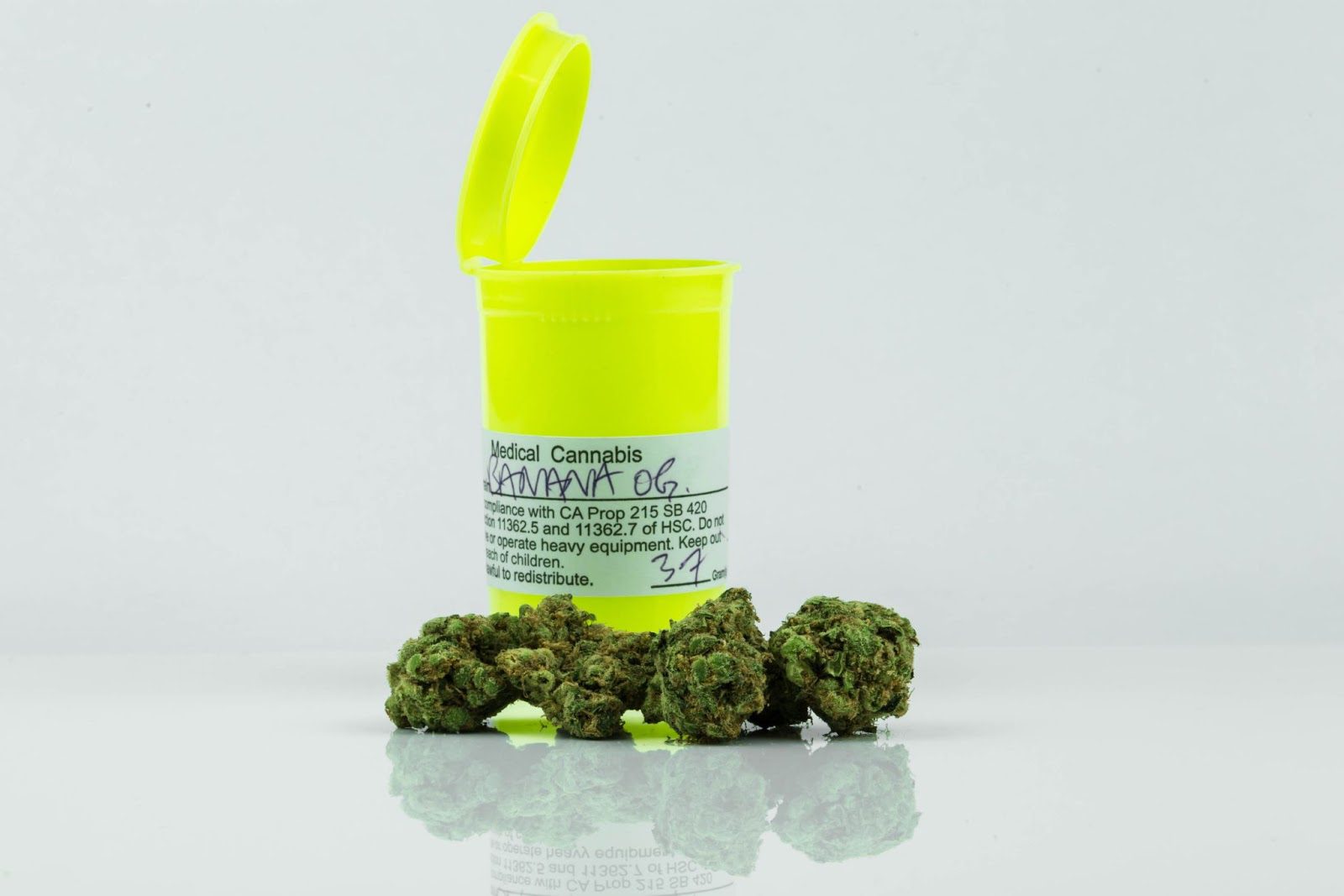Everyone has to start somewhere. If you’ve never bought weed before, you might not know where that “somewhere” is. There are grams, ounces, and pounds being tossed around. If you grew up in the United States, you might not even have the proper framework to establish what gram would look like. It’s from a completely different system of measurement than the one they taught in school.
You might be familiar with ounces from soda cans, but an ounce of liquid is a lot different from an ounce of something solid. And then there are all of these fractions. An eighth or a quarter of what, exactly?
Weed has been prohibited for most of modern American history, leading to a lack of established and universally understood measurements. The underground market established its own system, and people who have been smoking weed for years are already used to this system. With the legalization of weed, it seems odd to change something that has worked so well for so long.
If you’re new, there’s a little bit of decoding to do. Once you understand when metric is used and when imperial is used and have a decent idea of size comparisons, it’s easier to buy the right amount.
There’s a little bit of metric and a little bit of imperial
Metric and imperial measurements are used interchangeably when referring to weed. Imperial measurements apply to large quantities and metric measurements apply to small quantities.
When metric is used
Ounces are larger than grams, and they’re harder to use for small measurements. People who use weed infrequently don’t need a very large amount. Weed that would be considered a single serving is measured in grams instead of ounces simply because grams make more sense when working on a smaller scale.
Grams are usually used to refer to a single cannabis flower, which would be called a bud or a nug under most circumstances. A nug will only weigh a gram or two. Pre-rolls are joints that someone has already made for you. Isn’t that nice of them? They’re also measured in grams due to their single-serving quantities.
When imperial is used
Imperial is used to measuring a stash or a shareable amount. If you’re buying weed measured in metric, chances are slim you’re going to smoke it all alone in one day. The fraction measurements, like an eighth and a quarter, refer to an ounce rather than a gram.
A breakdown of measurement equivalents
One gram weighs 0.035274 ounces. It’s much easier to ask for a gram than it is to ask for 0.035274 ounces, which is why grams work so well for smaller amounts of weed. Switching to ounces when working with larger quantities also simplifies things.
An eighth is 3.5 grams, a quarter is 7 grams, half is 14 grams, and a full ounce is 28 grams.
Size and price comparisons for popular measurements of weed
Measurement doesn’t always give you a precise image of how much of something you’re getting. It’s the pound of feathers versus a pound of bricks analogy. A pound of bricks is visually much smaller than a pound of feathers. A pound of bricks will fit comfortably in your hand while a pound of feathers would fill a bag several times larger than your pillow.
Weed’s size and density don’t always easily translate to a visual representation. For example, indica is a little denser than sativa. A gram of indica may appear smaller than a gram of sativa, even though they’re both the exact same amount of weed. That’s something you’ll want to keep in mind when developing a frame of reference.
Prices of weed will also vary dramatically depending on where you live. States with legal recreational pot typically have the lowest prices, but this isn’t always the case. Recreational weed is legal in Washington DC, but you’re likely to pay the highest prices in the country there. What you pay is going to depend on where you live and what state you’re buying from.
The quality of weed is also a significant factor. Something grown cheaply and easily in a dirt pot is always going to be more expensive than something that was grown carefully and deliberately in a controlled environment. Think about it like the difference between mass-grown produce and organic produce from a family farm. You usually pay more for quality.
